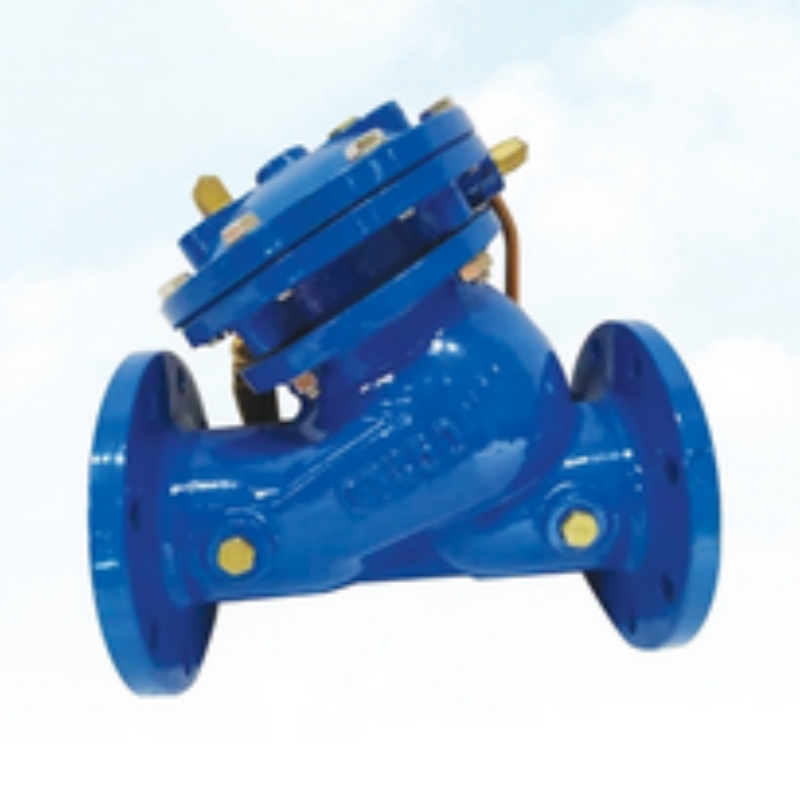Novemba . 19, 2024 01:48 Back to list
thread per inch gauge
Understanding Thread Per Inch Gauge A Comprehensive Overview
The concept of threads per inch (TPI) plays a crucial role in the realm of mechanical engineering, manufacturing, and threading technology. TPI refers to the number of threads present within a linear inch of a screw or bolt. This metric is essential for determining the compatibility of components, ensuring the proper fit, and enabling effective assembly of various mechanical systems. This article delves into the significance of TPI, its measurement, applicable standards, and its relevance in various industries.
The Importance of TPI
Understanding TPI is fundamental for any project involving threaded components. A screw with a higher TPI has finer threads, while those with lower TPI are coarser. The selection of the appropriate TPI influences several factors, including load-bearing capacity, resistance to loosening due to vibration, and ease of assembly. For example, coarser threads (lower TPI) are often utilized in wood applications because they provide better holding power in such materials, while finer threads are preferable when working with metals, as they distribute the load more evenly.
Measurement of TPI
To measure TPI accurately, one can use a thread gauge or a caliper. The process is straightforward Simply count the number of threads within a one-inch length of the screw or bolt. This technique depends on the correct alignment and a steady hand to ensure precision. For those working in high-stakes environments, such as aerospace or automotive industries, precision is crucial. Miscalculating TPI could lead to catastrophic failures or substandard performance of the entire system.
Standards and Classifications
thread per inch gauge

Various standards exist to depict threading systems, with the Unified Thread Standard (UTS) being one of the most widely utilized in the United States. The UTS distinguishes between coarse and fine threads, with each classification providing specific TPI ranges. For example, a 1/4 inch bolt might have a coarse thread classified as 1/4-20 (20 TPI) and a fine thread as 1/4-28 (28 TPI).
In addition to UTS, the American National Standards Institute (ANSI) and International Organization for Standardization (ISO) have established standards for measuring and producing threaded fasteners, ensuring global compatibility and quality assurance. These standards help maintain uniformity across industries and suppliers, reducing confusion and the potential for error.
Relevance in Various Industries
Different industries apply TPI in unique ways. In the automotive industry, for example, the choice of TPI can influence the torque specifications for assembling engine components. In manufacturing and construction, fasteners need to accommodate various materials and loads, making the correct TPI selection vital for the structural integrity of assemblies.
Moreover, the growing trend of 3D printing and additive manufacturing introduces novel challenges regarding TPI. As these technologies evolve, understanding TPI becomes imperative for ensuring that newly produced components can be seamlessly integrated into existing systems without compromising strength or safety.
Conclusion
Thread per inch gauge is more than just a technical specification; it encompasses a myriad of principles that affect the safety, efficiency, and reliability of mechanical systems. A solid grasp of TPI enables engineers, manufacturers, and technicians to make informed decisions regarding the selection of fasteners, improving the overall quality and performance of their products. As industries continue to evolve, staying updated with the latest standards and practices surrounding TPI will be essential for maintaining a competitive edge and ensuring successful project outcomes. Understanding TPI is a fundamental skill that bridges traditional manufacturing with modern innovations, and it will remain a key focus as technology advances.
-
Thread Plug Gauge Our Promise of Measurement ExcellenceNewsAug.22,2025
-
Gauge Pin Class Reflecting Quality LegacyNewsAug.22,2025
-
Check Valve Types for High Rise BuildingsNewsAug.22,2025
-
Water Control Valve for Irrigation SystemsNewsAug.22,2025
-
Gate Valve with Soft Seal TechnologyNewsAug.22,2025
-
Y Type Strainer for Oil and Gas ApplicationsNewsAug.22,2025
Related PRODUCTS









